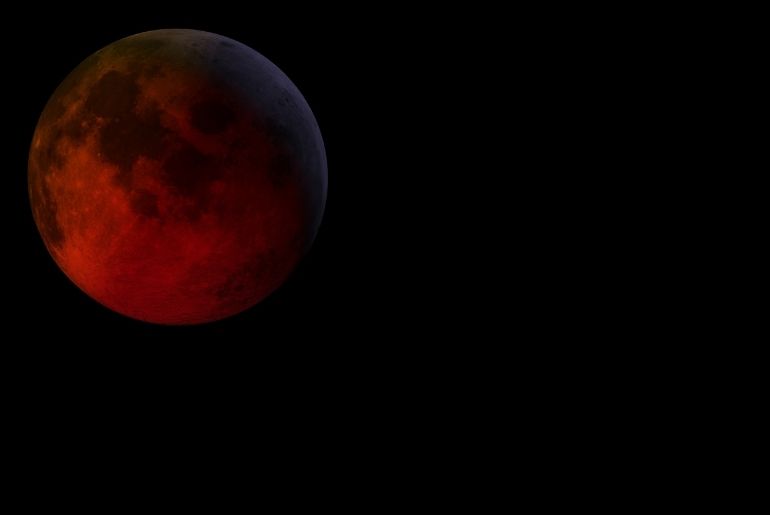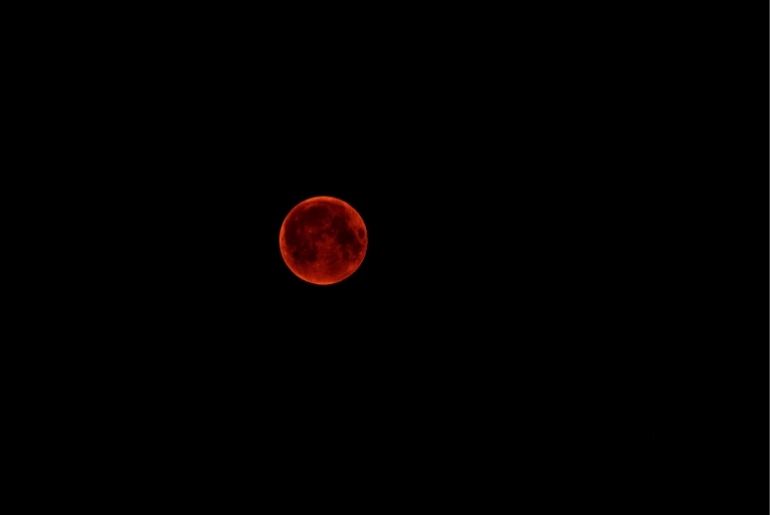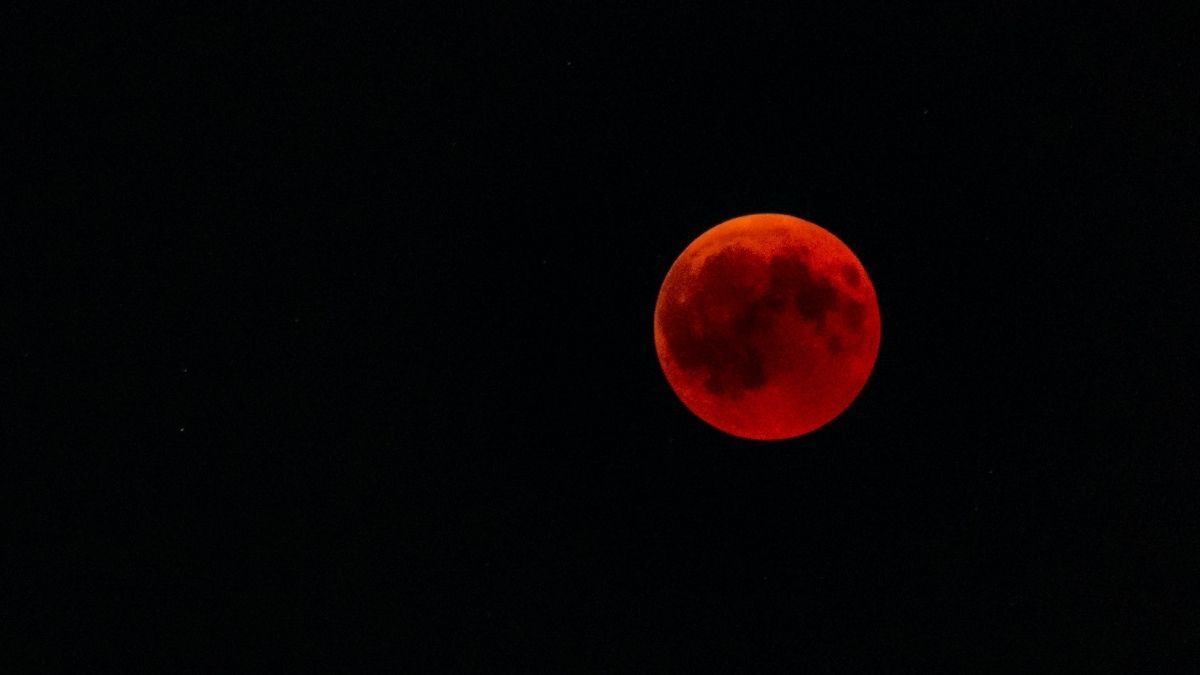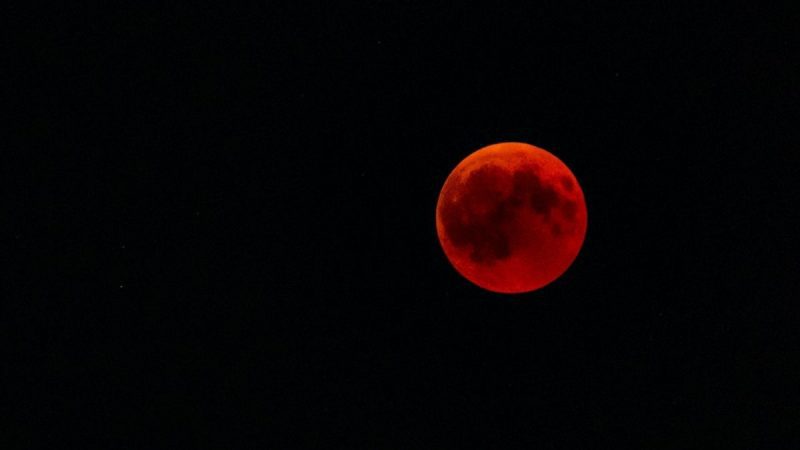A remarkable celestial event awaits sky-watchers on March 13 and 14, 2025, as North and South America prepare to witness a total lunar eclipse. Commonly known as a ‘blood moon’ it will be the first since 2022. During this spectacular phenomenon, the moon will transform into a mesmerising rusty-red hue as it aligns perfectly with Earth and the sun. Here are all of the other important details that you would need to know about this particular phenomenon.
Blood Moon 2025: All You Need To Know About This Phenomenon

According to an article that was recently published by The Times of India or the TOI, this astronomical ballet occurs when Earth positions itself directly between the sun and a full moon. This causes our planet’s darkest shadow (the umbra) to envelop the lunar surface.
The moon’s reddish appearance results from sunlight being refracted through Earth’s atmosphere. This refraction filters out shorter wavelengths whilst allowing longer, reddish wavelengths to pass through.
Something similar is the case for the colour of sunrises and sunsets. The eclipse will unfold over approximately five hours, with the moon spending 65 minutes in totality. Unlike its solar counterpart, which is visible only along a narrow path, this lunar eclipse will be observable from anywhere on Earth’s night side.
Where Will You Be Able To Observe It The Best?

The event will be particularly favourable for viewers across North American time zones. This includes Alaska and Hawaii. What is more, observers in Western Europe will witness the moon setting during the eclipse. Those in Australia and New Zealand will see the moon rise whilst already in totality.
The eclipse will progress through five distinct stages. It begins at 03:57 UTC when the moon enters Earth’s penumbra, causing a subtle dimming. The partial eclipse commences at 05:09 UTC as the moon moves into the umbra.
This creates the appearance of a gradually expanding shadow across the lunar surface. The most dramatic phase – the totality – begins at 06:26 UTC when the entire moon will be bathed in red light. Whilst no special equipment is required to observe this celestial spectacle, astronomers suggest that telescopes or binoculars can enhance the viewing experience.
For optimal observation, viewers are advised to seek locations away from urban light pollution. This eclipse coincides with the full worm moon, winter’s final full moon, making it an even more noteworthy astronomical event.
Cover Image Credits: Canva Pro Images
For more such snackable content, interesting discoveries and the latest updates on food, travel and experiences in your city, download the Curly Tales App. Download HERE.
First Published: February 20, 2025 11:10 AM




